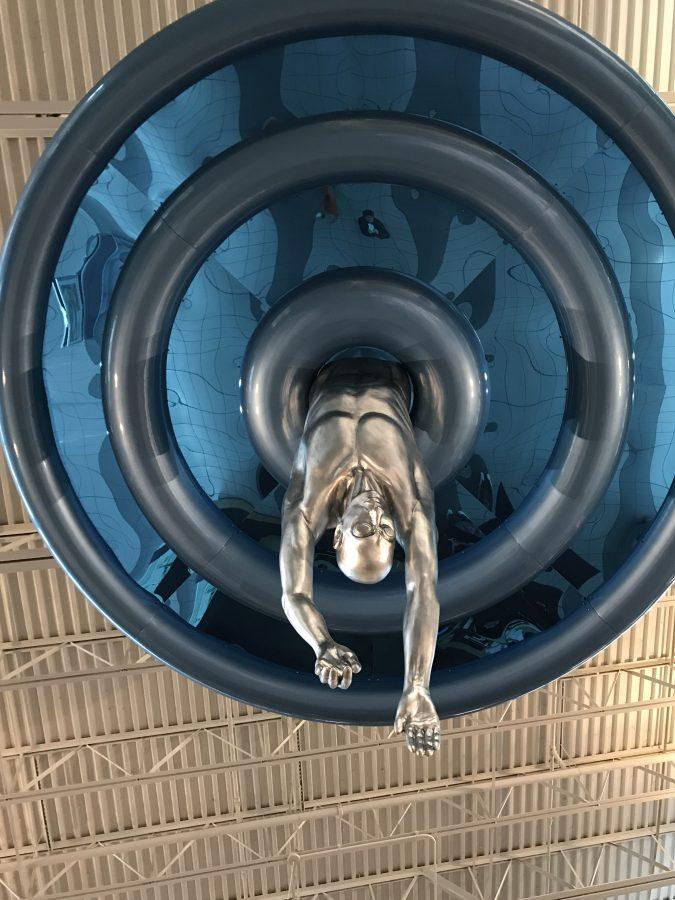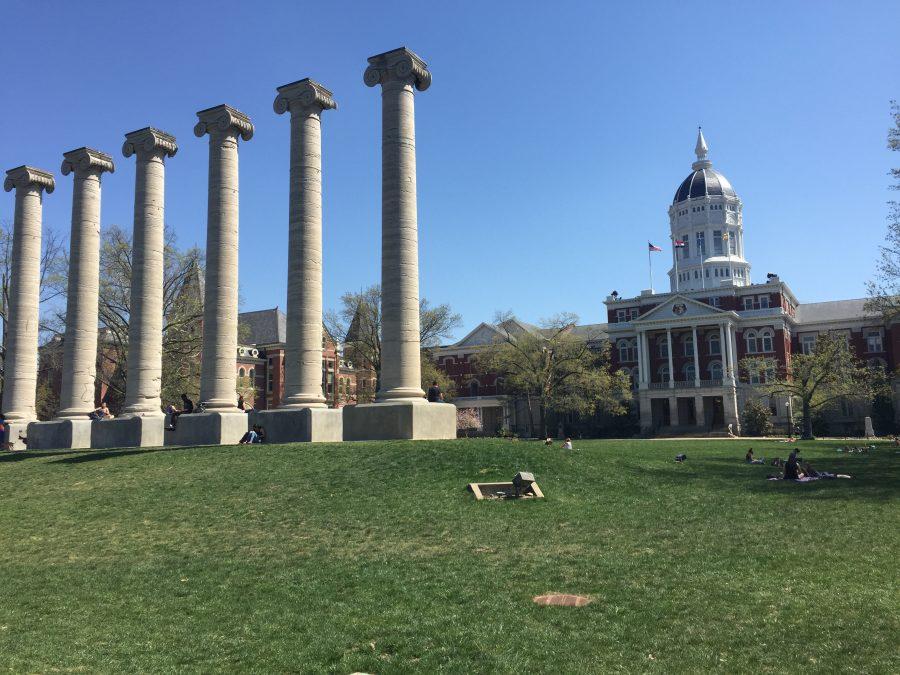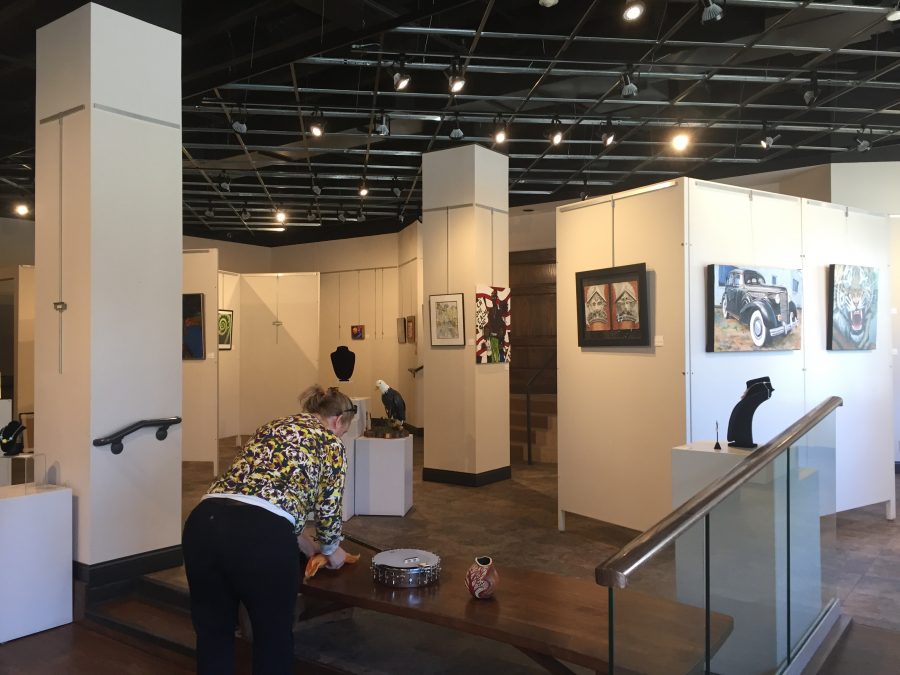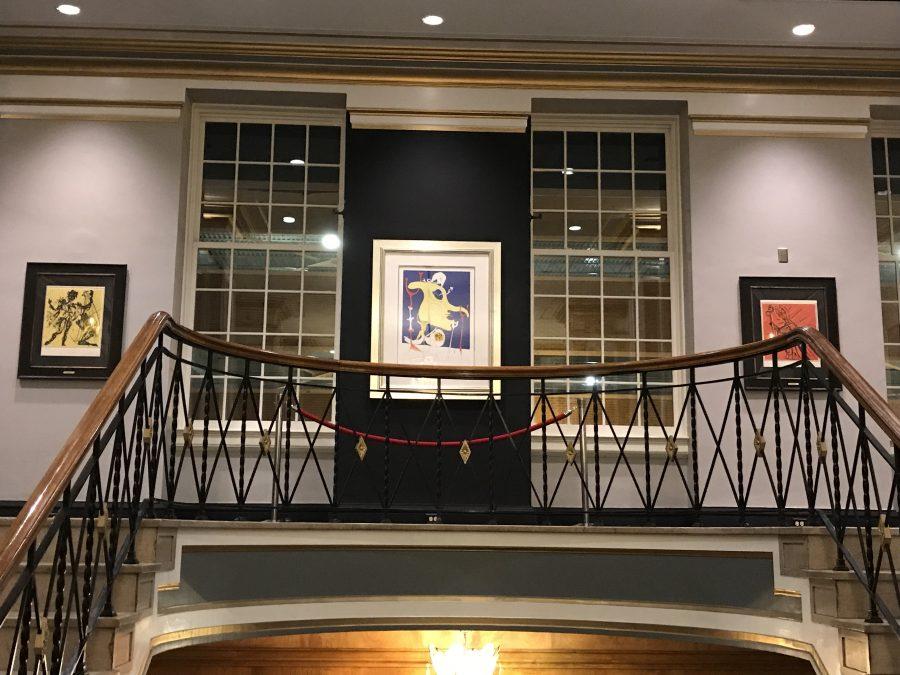I have been raised around art my whole life. My grandparents were art teachers. I took art every year in school including lessons and summer camps outside of school or during the summer. And yet I never felt like I was learning until I came to Rock Bridge.
The art program here is astounding. It provides access to almost every style of art you can think of, and the teachers here are so open and willing to experiment with the students so that they can find their own voice.
The courses require you to take Foundation Arts first. The class gives you the basics on almost every style of art so that you have a better range of knowledge on styles and types of work you can do. Once you complete that course, you have the options of taking more advanced courses. Studio Art is the basic follow-up course after Foundations, but it focuses mainly on 2D flat art, which ranges from painting to drawing projects. If the student enjoyed the clay and sculpting unit more during Foundations, he or she can choose to go into 3D Studio Art, which mainly focuses on clay work. There is also the option of going into photography afterwards. Once these courses are taken, the students have the option of taking AP Art and AP Art2. It is a two-year course that requires the students to complete an end result of 24 art pieces for a portfolio.
Art teachers Carrie Stephenson and Abigail Gorsage help inspire students by the way they style their rooms. The learning environment was the biggest surprise to me when I first saw their classrooms, as I had never seen a room like these. From ceiling to floor, the rooms are filled with colorful posters, decorated cabinets and painted ceiling tiles. When I asked, “Why do you decorate your classroom?” Stephenson said, “I am a nester, so I wanted a space comfortable personally throughout the day since my classroom is my home away from home essentially. But I also decorate the walls with prints of Rock Bridge artwork to give my students the opportunity to be surrounded by images [of] high rigor and high artistic technique. These images give them something to aspire to. It also makes the room more colorful and hopefully inspires them.”
Unlike other classrooms, Stephenson and Gorsages’ rooms do not have the classic SmartBoards. Instead, they have a massive bulletin board that stretches the length of the room and contains a pull-down screen that they are able to lay over the board. Even though the teachers lack the technology of SmartBoard’s, they make up for it with wall space for art and showcases of student work.
“My room was the only one with a SmartBoard, and that was only because the previous teacher in that room argued to have one put in. She was very interested in new technology,” Gorsage said. Due to some experience with SmartBoard technology as a student teacher, Gorsage determined that the use of a SmartBoard in her own classroom would not be necessary “I didn’t feel a SmartBoard was essential to my teaching. The art courses are obviously very project-based, and work time is essential, so that leaves little room or necessity for daily use of a SmartBoard. So when I inherited the room, I decided to have it removed. It took up space, which is essential for displaying my students’ work. That took a [greater] priority to my teaching than the use of SmartBoard technology. I decided it would be better served in a classroom that would get more use out of it.”
Seeing the work of both younger and older students up on the board was very inspiring to me. It allows students to see how far they have progressed or what their work could become in the future.
Categories:
Art Around Columbia: Rock Bridge High School Art Rooms
May 3, 2018
0
More to Discover
























































































